As climate change accelerates, the world is urgently seeking solutions to reduce greenhouse gas emissions and transition to a low-carbon economy. At the center of this transformation is green technology, which offers practical, scalable, and innovative ways to cut carbon footprints while maintaining economic growth. From renewable energy to smart cities, these sustainable innovations are paving the way toward a greener, more resilient future.
This article explores how green technology is driving the shift to a low-carbon economy, the sectors benefiting most, and what the future of sustainable development looks like.
What Is a Low-Carbon Economy and Why Does It Matter?
A low-carbon economy is an economic system that reduces reliance on fossil fuels and prioritizes renewable, clean energy sources. It aims to:
- Lower carbon emissions from industry, transport, and agriculture
- Promote energy efficiency and conservation
- Support long-term climate resilience
The importance of building a low-carbon economy cannot be overstated. It not only combats climate change but also creates new industries, jobs, and investment opportunities in the field of green technology.
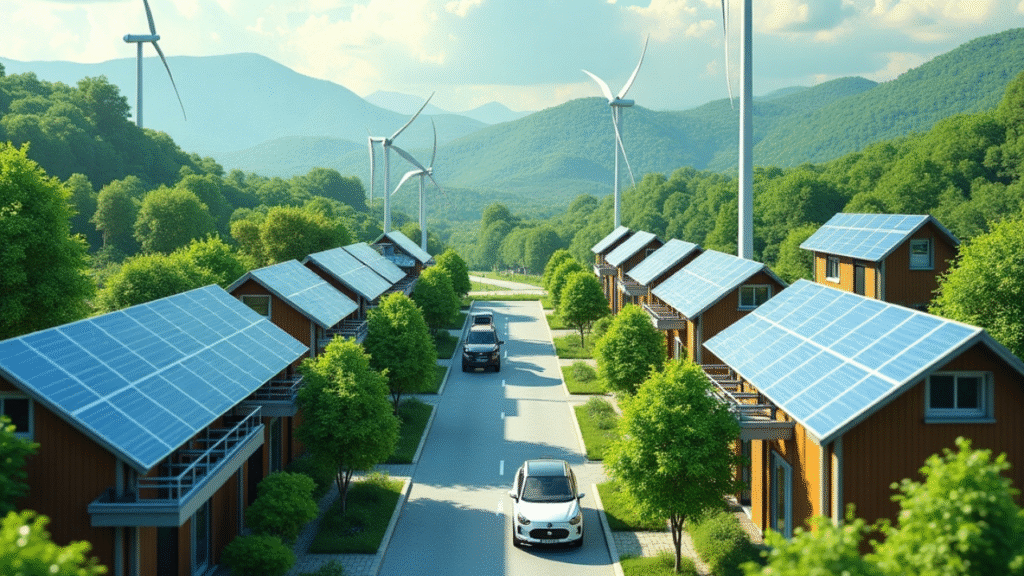
Renewable Energy: The Backbone of a Low-Carbon Economy
The transition to clean energy is central to building a low-carbon economy. Technologies like solar, wind, hydro, and geothermal are replacing coal and oil as primary energy sources.
- Solar energy: Cheaper panels and high-efficiency designs are making solar the fastest-growing power source.
- Wind energy: Offshore wind farms are supplying clean electricity to millions.
- Hydrogen power: Green hydrogen is emerging as a sustainable fuel for industries and heavy transport.
These green technologies are reducing emissions while powering economies with affordable and scalable energy solutions.
Smart Cities and Green Infrastructure
Smart cities are a cornerstone of the low-carbon economy. By integrating green technology into urban planning, cities can minimize emissions and improve quality of life. Examples include:
- Smart grids for efficient electricity distribution
- Sustainable public transport systems like electric buses and rail
- Green buildings with energy-efficient lighting, insulation, and renewable integration
- Urban forests and green spaces for carbon absorption
These innovations demonstrate how infrastructure and technology come together to accelerate the shift to a low-carbon economy.
Carbon Capture and Storage (CCS) Technologies
Even with renewable adoption, some emissions are unavoidable. That’s where carbon capture and storage (CCS) comes in—another critical tool for a low-carbon economy.
- Direct air capture machines remove CO₂ directly from the atmosphere.
- CCS in industries like steel and cement helps neutralize hard-to-abate emissions.
- Carbon utilization technologies convert captured CO₂ into fuels, plastics, or building materials.
By pairing CCS with green technology, industries can dramatically reduce their climate impact.
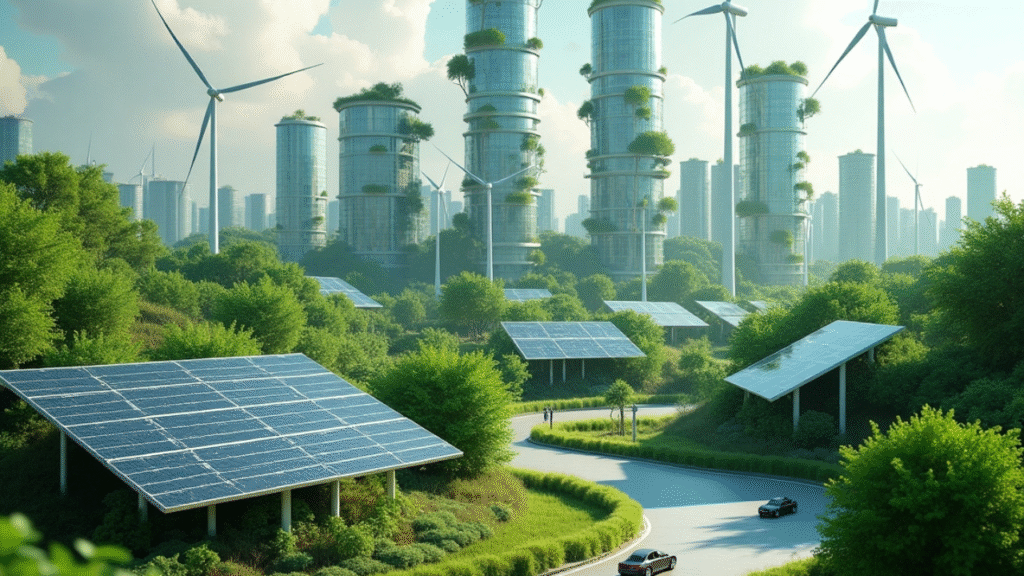
Circular Economy and Sustainable Manufacturing
A low-carbon economy is closely linked to the circular economy, where waste is minimized and resources are reused. Green technology innovations in this area include:
- Biodegradable materials to replace single-use plastics
- Recycling technologies for electronic waste and construction materials
- 3D printing that reduces material waste
- Industrial symbiosis, where one industry’s waste becomes another’s resource
This sustainable approach ensures that economic growth doesn’t come at the cost of environmental damage.
Green Technology in Transportation
Transportation is one of the largest sources of emissions. To build a low-carbon economy, the sector is adopting green technology at scale:
- Electric vehicles (EVs) powered by renewable energy
- High-speed rail systems reducing air travel emissions
- Biofuels and synthetic fuels for aviation and shipping
- Autonomous electric fleets improving logistics efficiency
By decarbonizing transport, nations can make a major leap toward their low-carbon economy goals.
The Role of Digital Transformation in a Low-Carbon Economy
Digital tools also play a crucial role in accelerating a low-carbon economy. Technologies like AI, IoT, and blockchain are helping industries track emissions, optimize resources, and ensure transparency. Examples include:
- AI-driven energy optimization in smart factories
- IoT sensors for monitoring carbon emissions in real-time
- Blockchain-based carbon credits ensuring accountability in sustainability reporting
Digital transformation, when paired with green technology, strengthens the global transition to a low-carbon economy.
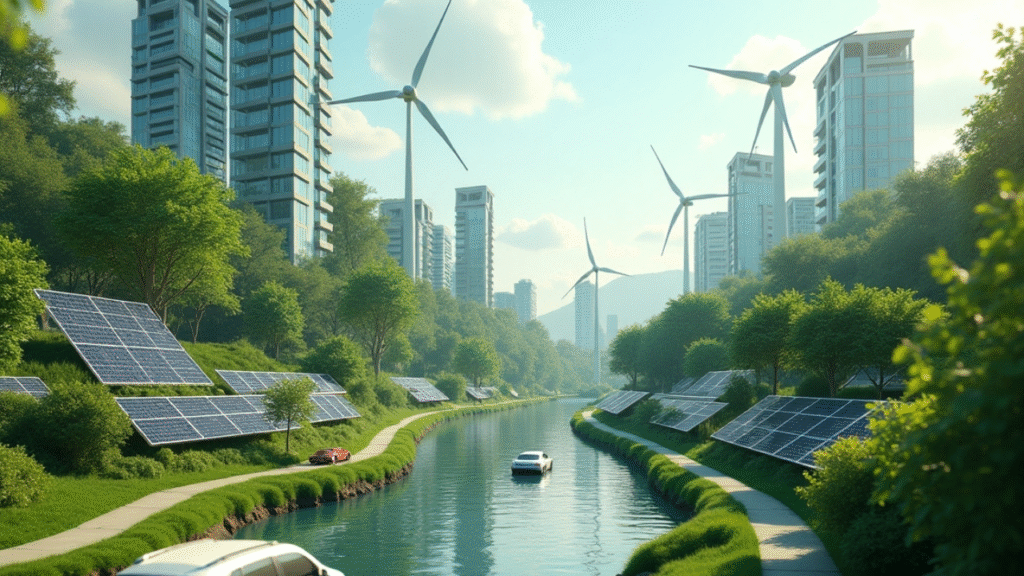
Challenges in Building a Low-Carbon Economy
Despite progress, achieving a global low carbon economy faces challenges:
- High upfront costs of green technologies
- Resistance from fossil-fuel-dependent industries
- Unequal access to clean energy in developing countries
- Policy gaps and insufficient regulatory frameworks
Future Outlook: Green Technology as a Driver of Growth
The future of a low-carbon economy lies in continuous innovation. Promising areas include:
- Next-generation solar panels with higher efficiency
- Fusion energy as a limitless clean power source
- Biotechnology for sustainable agriculture and food systems
- Nanotechnology for energy storage and lightweight materials
Rather than slowing growth, a low carbon economy powered by green technology could generate trillions of dollars in new industries while safeguarding the planet.
Conclusion
The path to a low-carbon economy depends on accelerating the adoption of green technology across energy, transport, infrastructure, and manufacturing. While challenges remain, the opportunities are immense. By investing in sustainable innovation today, we can ensure a future that balances economic growth with environmental responsibility.
Building a low-carbon economy with green technology is not just about climate action—it’s about creating a resilient, inclusive, and prosperous world for generations to come.


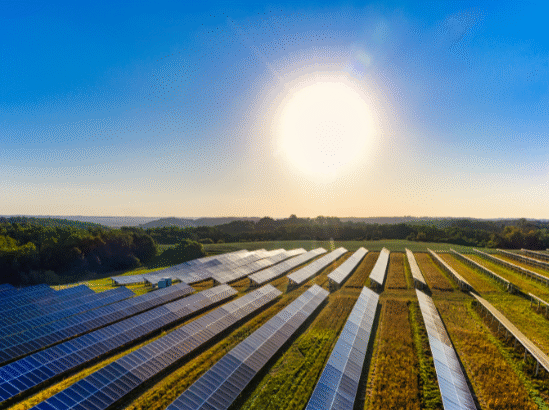
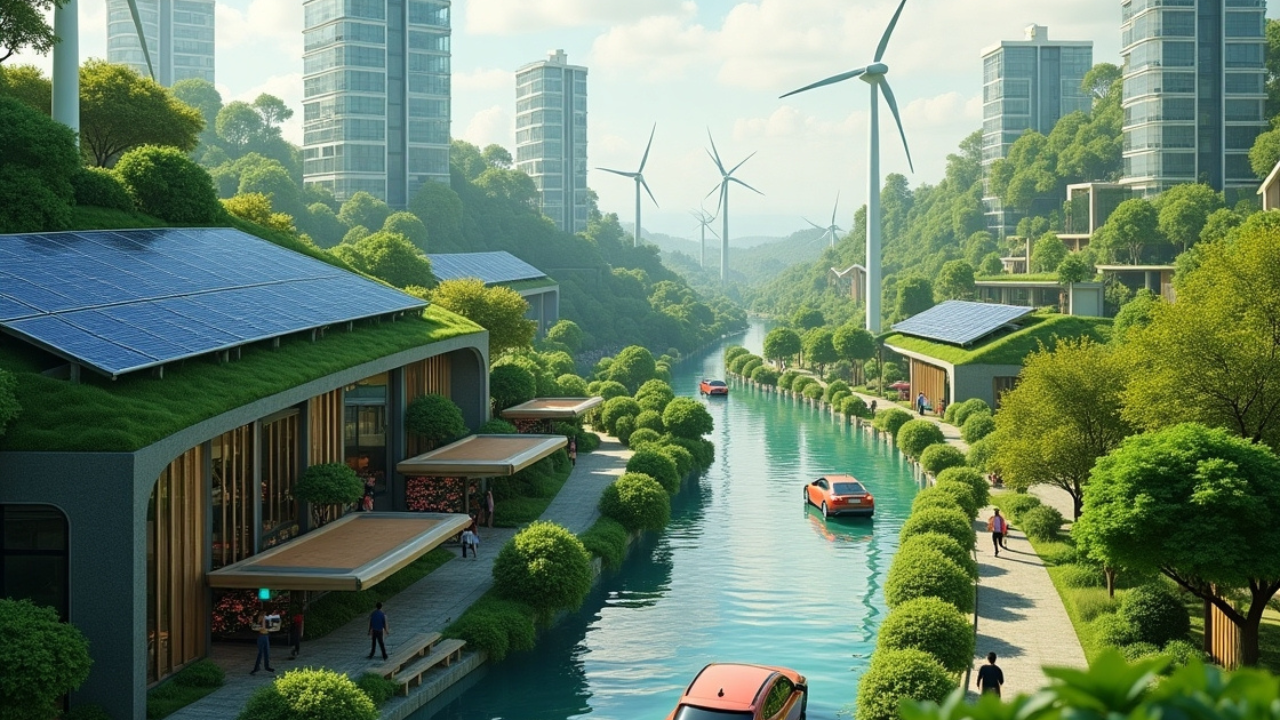




Welcome to Lucky Jet – it’s everywhere!
Mit LeonBet kannst du �berall und jederzeit spielen.